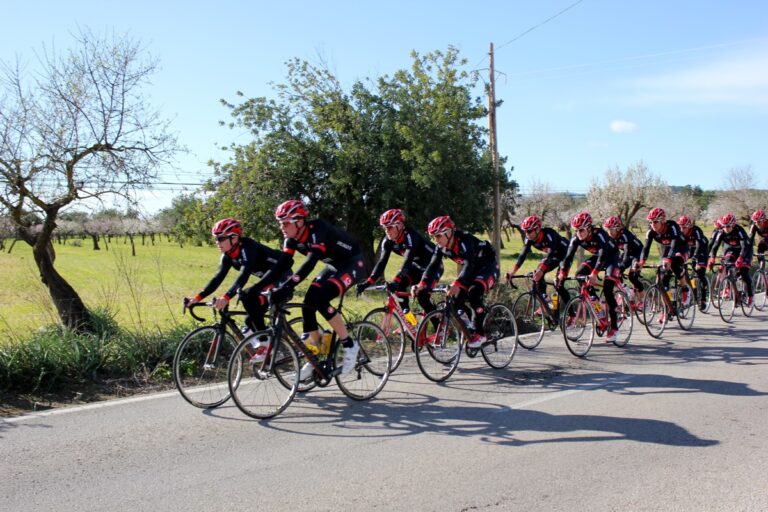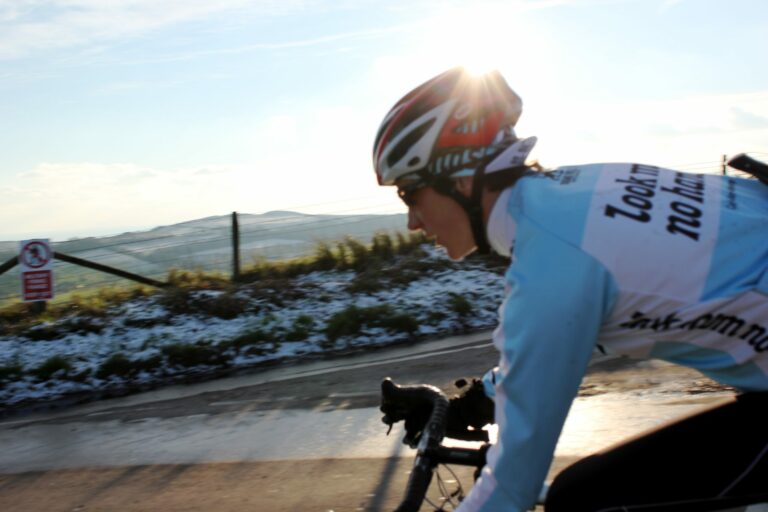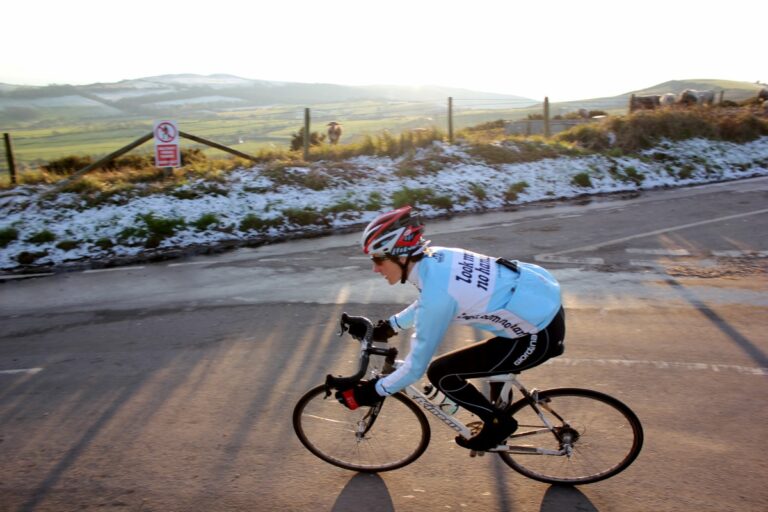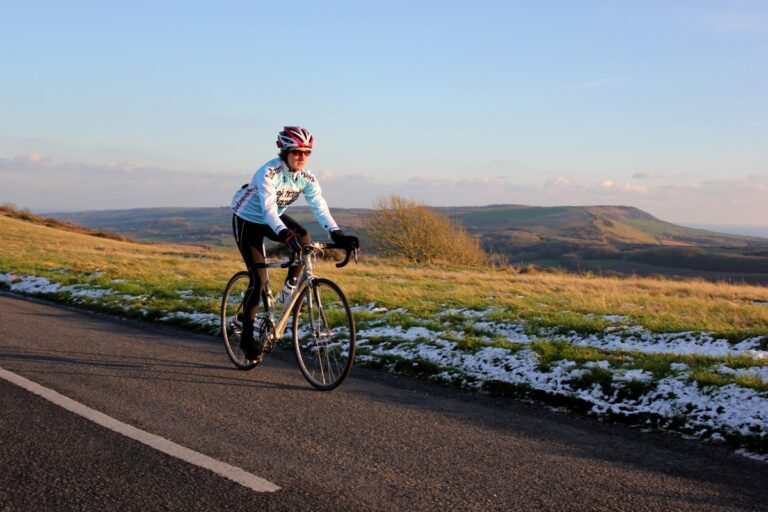Most of us use the weekend as an opportunity to get in the longer rides of our training week.
The traditional ‘club run’ is the backbone of a club rider’s education in group riding. Riding in a larger group has the obvious benefits of slipstreaming from other riders in the group and results in a higher average speed than a solo ride of the same effort. A sportive rider learns crucial skills during such group rides: how to ride with a group of riders, sharing the workload and ultimately improving times. However, for the serious rider looking to make the most of limited training time, a club run often contains long periods where you are sitting in and not working hard and may not be optimal for training. The question is how to get the best of both worlds, gain the skills necessary to be comfortable in a fast moving group while getting the most out of each training session.
Smaller groups work harder
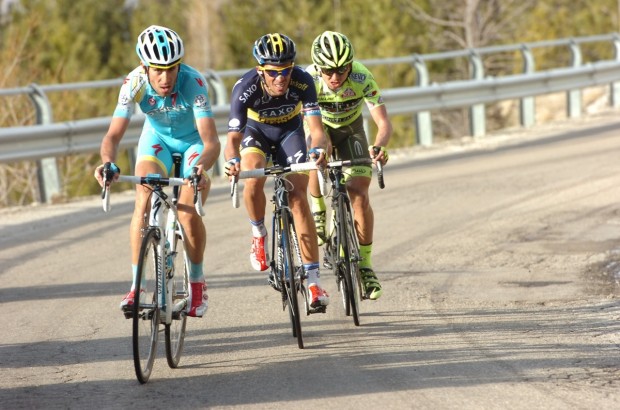
There are often a wide range of abilities on the typical club run, so to ensure that everyone is getting the most out of each ride try to split into smaller groups of similar ability where possible. A group of six to eight riders allows for more even efforts and minimises time spent getting cold while you’re in the wheels. Change turns regularly so that every pair is getting a good five to 10-minute turn on the front at a hard pace but changing before they fatigue and begin to slow down to keep everyone else working at a decent effort too. A group that has abilities spread quite evenly helps here, so that everyone is getting a long endurance session with some harder tempo paced efforts interspersed regularly within this, alongside minimal freewheeling.
Ride the climbs at a steady pace, but keep the pressure on the descents – if you’re on the front not doing much work those behind will be freewheeling. Try to avoid splitting the group on climbs and having to wait for others, which will only slow you down overall. Save the hard stuff for a fun burn up in the last few miles or a more organised ‘chain gang’ effort simulating working hard in a fast moving pace line and giving you some good practice of the technique needed to ride quickly and smoothly in a sportive.
Stronger riders

It’s not always possible to ride in a group of similar ability. If you’re a stronger rider, try to look after the weaker riders by doing longer, not faster, turns and keeping a lid on the pace on the climbs. This will prevent the group splitting up and mean that overall everyone gets a better training session than a stop-start hammerfest! Try to learn to judge where the wind is coming from and position the stronger riders to take the brunt of the wind. If there is going to be a bit of a burn up then agree this beforehand and when and how you will regroup to minimise time spent sat around waiting or get stronger riders to drop back and pace those dropped back to the group, a great way to get an extra ‘interval’ of work in and keep the group together.
Weaker riders
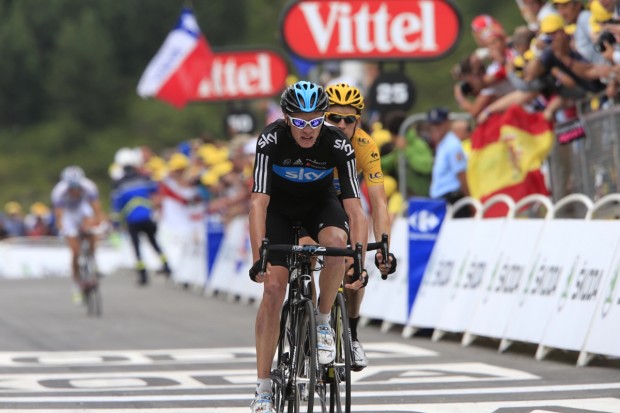
Riding with faster riders than yourself can really push you on and improve your fitness, but make sure to manage things carefully to make the most of the training session both individually and in the context of an entire training programme. If you ride so hard on the Sunday club ride that you are unable to train properly for days after, then you will not get the benefits from the rest of your training.
Learn to shelter in the wind and save your energy for harder sections by doing shorter turns on the front. Try not to slow down the group but make it known to everyone that you need to do shorter turns and recover more. If necessary, sit at the back of the group and miss turns to make sure you’re not pushing too hard. Ensuring that you are getting an appropriate intensity ride will mean that you improve, and in a few weeks will be able to contribute to the group more, which is great for morale.
Summary
Group rides are an important part of the sportive rider’s training, teaching the skills necessary to ride well in a large group and can be great fun. Optimise your training response by choosing a group of six to eight riders of an appropriate standard for your level of riding and adjusting each individual’s efforts to get the best out of everyone. Harder efforts are important to practice high-speed skills and improve fitness but the same principals apply and agree beforehand what will happen when riders are dropped, with the aim of maximising training time and minimising time spent waiting.

